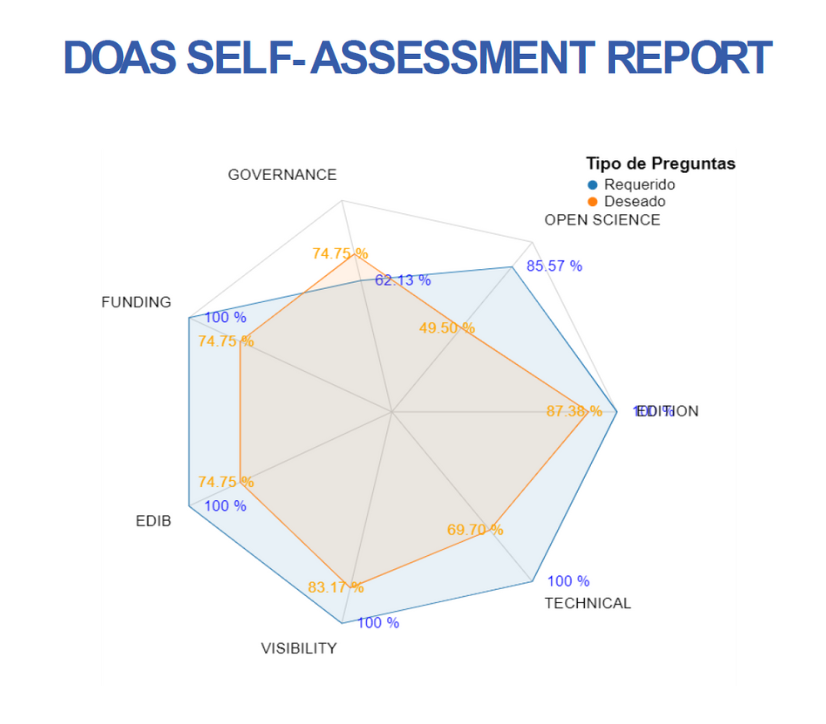The secondary educations lengthening in the Spanish rural areas. The so-called colegios libres adoptados (1960-1980)
Abstract
At the beginning of the 1950s, the Spanish education authorities implemented a secondary education lengthening policy, which had the goal of significantly increasing the number of students at secondary schools. They started with measures of limited scope, such as the establishment of evening studies or the so-called secciones filiales" (private suburban secondary schools subsidized by the Spanish government); yet from the 60s, the authorities tried broader efforts like the extension of the secondary schools network or the implementation of secciones delegadas" (attached to public secondary schools). From this context, this study tries to analyze the initiative called colegios libres adoptados" (secondary schools mostly located in rural areas and maintained by the central government and the local town councils), which were created after an intensive collaboration between some town councils and the Spanish government. More than 350 schools of this kind were set up, and they were a fairly efficient way to bring secondary education schools to country areas, thus allowing many students to gain access to secondary education
Citación recomendada | Recommended citation
Cruz, J. I.
(2013)
.
The secondary educations lengthening in the Spanish rural areas. The so-called colegios libres adoptados (1960-1980).
Revista Española de Pedagogía, 71(255).
https://www.revistadepedagogia.org/rep/vol71/iss255/16
Licencia Creative Commons | Creative Commons License
Esta obra está bajo una licencia internacional Creative Commons Atribución-NoComercial 4.0.
This work is licensed under a Creative Commons Attribution-NonCommercial 4.0 International License








